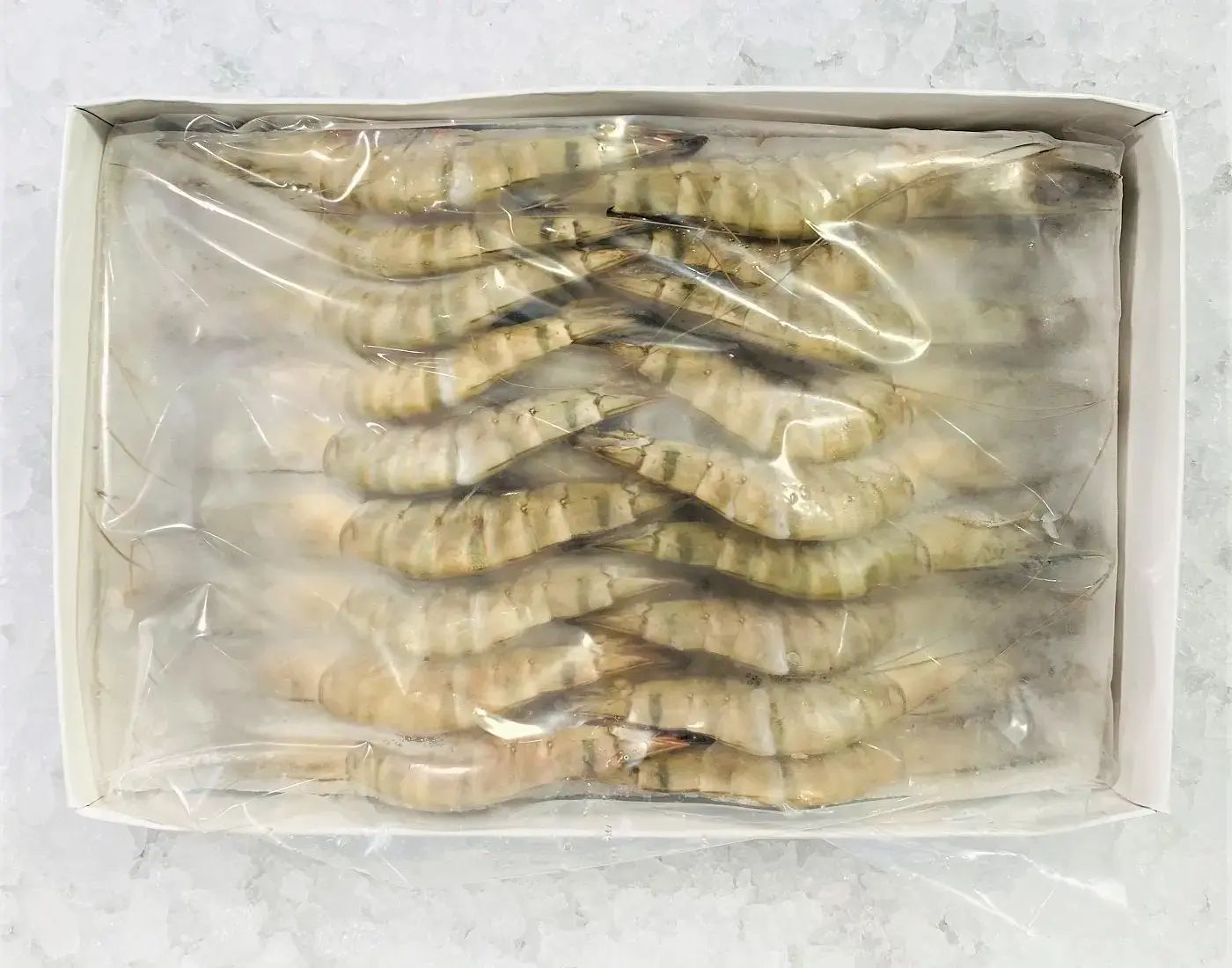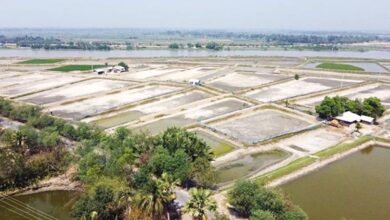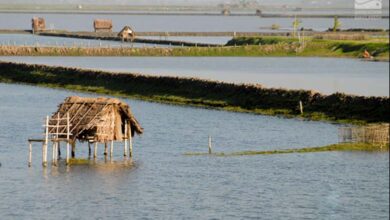
The Khulna region has seen a significant decline in shrimp exports, which responsible authorities attribute to factors like the global economic downturn, reduced demand due to rising prices, flawed policies from the previous government, and waning interest from international buyers.
In the fiscal year 2023-24, the export value of fish and fisheries products from Khulna dropped by approximately USD 56.46 million. The fisheries inspection and quality control office in Khulna reported that only 41,000 tonnes of fish and related products, valued at USD 179.01 million, were exported during this period.
In comparison, the 2021-22 fiscal year saw the Department of Fisheries in Khulna, Satkhira, and Bagerhat exporting 33,271 tonnes of shrimp, white fish, and other fisheries goods, generating around USD 247.13 million. However, in the 2022-23 fiscal year, exports dropped to 28,316 tonnes, worth approximately USD 235.59 million, and further decreased to 25,196 tonnes in the 2023-24 fiscal year, with a value of USD 178.89 million.
The Khulna region has experienced a significant decrease in shrimp and white fish exports, with a reduction of 3,120 tonnes and USD 56.46 million compared to the previous fiscal year. Additionally, shrimp farming has declined across Khulna, Bagerhat, and Satkhira over the last five years.
Black Tiger shrimp (P. monodon) farming in saline water in Khulna has decreased from 36,151 hectares in the 2018-19 fiscal year to 32,383 hectares in the 2023-24 fiscal year. Similarly, Giant Freshwater prawn or Galda (M rosenbergii) farming in freshwater has decreased from 20,034 hectares to 19,016 hectares over the same period. This reduction in shrimp farming has resulted in a decrease of at least 3,500 tonnes of shrimp production.
Khulna Fisheries Officer Joydev Paul explained that the decline in global demand and value for shrimp has led many farmers to sell their products in local markets, where small-sized shrimp fetch higher prices than in international markets.
Lipton Sarder, a Fisheries Inspection and Quality Control officer, noted that the region also exports white fish such as Vetki (Barramundi), Pabda (Butterfish), Tengra (small catfish) and Parshe (Mullet) alongside shrimp. However, the global economic recession and ongoing conflicts have decreased the demand and value of these exports, further affecting the income from shrimp and fisheries exports.
Despite the challenges, 20 to 25 organizations continue to export regularly, though only 41 licensed exporters remain active. Mofidul Islam, a frozen shrimp exporter in Khulna, mentioned that frozen shrimp factories are struggling due to the shortage of Galda and Tiger shrimp, while operational costs, including wages and electricity bills, remain high.
Professor Amir Hossain (Rtd.), a resident of Bagerhat, pointed out that increasing salinity in water due to rising sea levels and cyclone-induced floods in southern Bangladesh has further hindered shrimp farming.
Humayun Kabir, Director of the Bangladesh Frozen Foods Exporters Association (BFFEA), stated that export-oriented shrimp factories are currently receiving only a quarter of the fish needed to meet global market demand.



